
I have been to my fair share of museums. Art museums, history museums, science museums and even sex museums. So it probably isn’t surprising that over the years, many of them have started to blur together. It has become harder and harder for me to find a museum that really stands out and impresses me and, as a result, I have found myself visiting fewer and fewer museums as I travel.
The Newseum in Washington, D.C. is a huge exception.
Opened in 2008, the Newseum quickly moved to the top of the places I wanted to visit in D.C. I finally had a chance to do so last fall and I was not disappointed. Indeed, it may be my favorite museum ever.
I actually made two visits to the Newseum – your admission ticket allows entry on two consecutive days. The first time I went with a friend from law school who happened to be in D.C. at the same time. But I had limited time before meeting up with another friend so I only really saw one exhibit – a temporary exhibition of Kennedy family photographs. Called JFK: Creating Camelot and timed to coincide with the 50th anniversary of Kennedy’s assassination, the exhibit featured dozens of photographs of JFK, Jackie Kennedy and their children by the president’s personal photographer, Jacques Lowe. The pictures were incredible, but the thing that I found most interesting was the revelation that much of Lowe’s archives had been stored in the basement of the World Trade Center in New York City and were destroyed on 9/11.
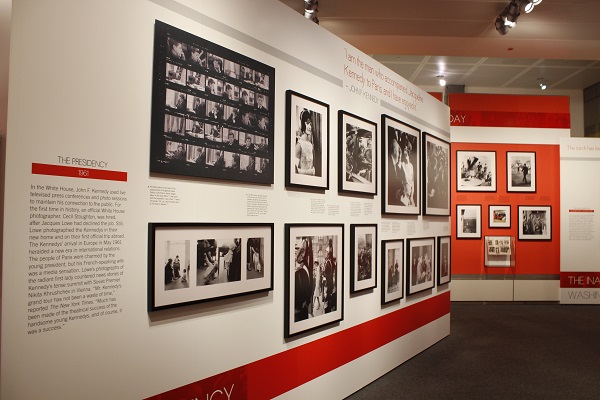
I returned the next day to take my time to peruse everything else in the museum. Starting on the lower level, I stopped by the Sports Theater, hoping to catch Press Box: The History of Sports Reporting but was bummed to learn it wasn’t currently showing due to a technical malfunction. So I moved on to the Berlin Wall Gallery, a small, but interesting exhibit on the history and eventual fall of the Berlin Wall, including several sections of the wall on display.
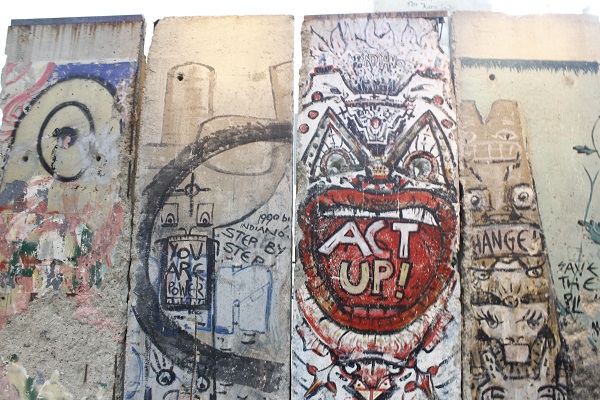
Then, I took a glass elevator up to the 6th floor, where I probably spent close to an hour in the JFK: Three Shots Were Fired exhibit – an in-depth look at JFK’s assassination. I watched film clips from when the shooting was reported to the American public (which I had never seen before) and read with interest the timeline of what happened in the hours and days to follow. It was reminiscent of a similar exhibit on Martin Luther King, Jr’s assassination at the National Civil Rights Museum in Memphis. A nice touch was a board where people were encouraged to share where they were when JFK was killed.
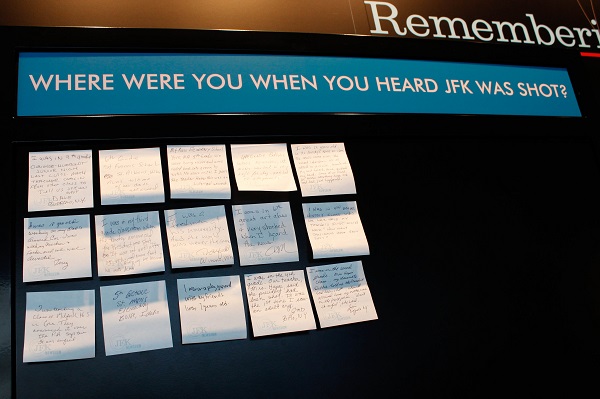
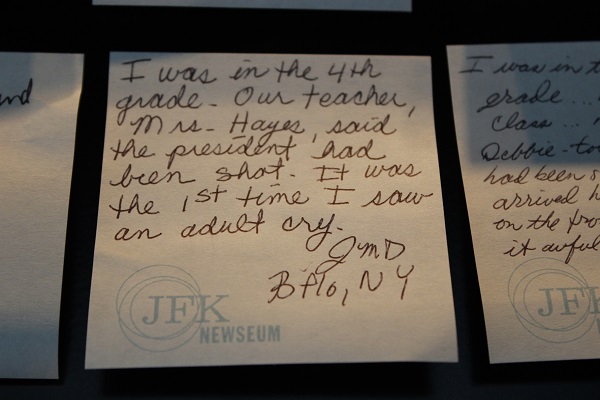
From there, I headed to my final JFK-related experience at the Newseum – a movie, JFK: A Thousand Days, which recounted the most memorable moments of JFK’s presidency. I wasn’t alive when JFK was president and the 20th century always seemed to get glossed over in high school history class, so I found all of the JFK-related exhibits really fascinating and educational.
My next gallery was the News History Gallery, which included more than 300 historic newspaper front pages. I probably could have spent hours there but I restrained myself. I also skimmed through a gallery on the civil rights movement relatively quickly, mainly because I had just been to the museum in Memphis last June. I moved on instead to the 9/11 Gallery, which included an emotional video that patched together clips from several journalists reporting live from Ground Zero before, during and after the towers falling. Since I was overseas when 9/11 happened, I never saw a lot of the coverage in the U.S., so watching these clips for the first time brought me to tears.
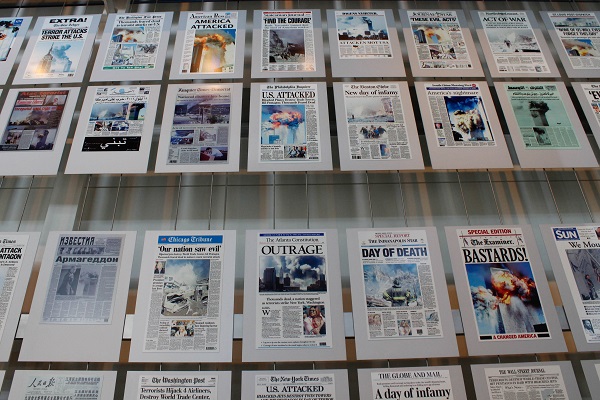
The exhibit also included a wall full of newspaper and magazine covers in the days that followed the attacks, as well as a video sharing the story of the only journalist killed on 9/11 – together with images captured on his camera just before he died. More tears.
I composed myself after the slightly draining 9/11 gallery and moved on to the Internet, TV and Radio Gallery, tracing the history of electronic news, followed by a stop at the Journalists Memorial, honoring journalists killed in the line of duty, and the World Press Freedom Map, depicting where in the world freedom of the press is strongest and weakest. My final stop was the Pulitzer Prize Photographs Gallery on the main level. Some photos I had seen before, but with more than 1,000 photos on display, most were new to me.
Finally, I stumbled back outside, completely exhausted from the several hours I spent in the museum. What is scary is the fact that I could have stayed even longer – there was so much more to see! At $23, the ticket price may seem a little high, but it was so worth it.
What’s your favorite museum?
